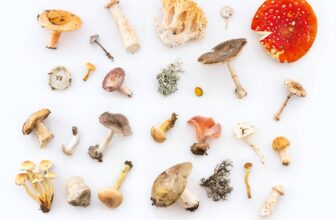
Table of Content
Sunflowers are some of the best flowers to have in your garden and one of the easiest types to grow. With their large, brilliant yellow blooms, these plants can add a pop of color, making your garden look beautiful and eye-catching.
Many people think that growing sunflowers is a tedious job that requires a lot of effort, but this isn’t the case. Sunflowers are actually among the easiest plants to grow, so if you’re interested, we’ll be showing you how to plant your very own sunflowers in this step-by-step guide.
Types of Sunflowers
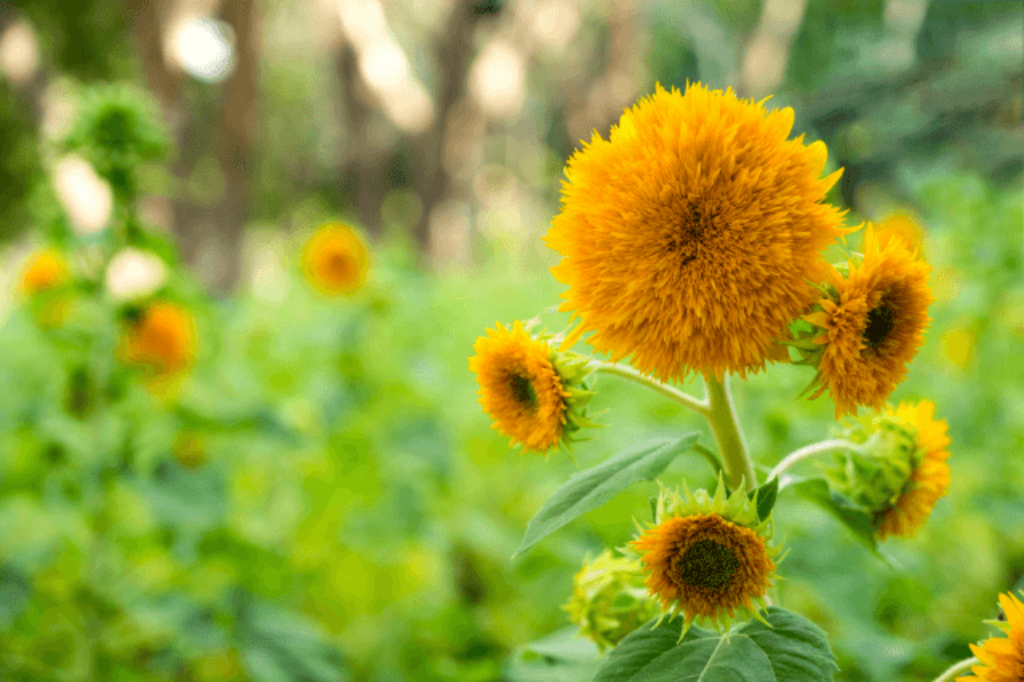
Sunflowers tend to face the sun, turning their blooms from the east to the west to follow it which is how they got their name. They’re very bright and cheery flowers which, in many cultures, are regarded as a symbol of good luck.
There two main types of sunflowers: wild and domestic. Wild sunflower plants have several branches with many flower heads while domestic sunflower plants are single stemmed and have larger blooms. Out of many sunflower varieties, the most common one is of the Annuus species, known for its bright yellow petals and dark brown center full of seeds.
There are various types of sunflowers you can grow in your garden, ranging from small to large and some have yellow to red colored petals. Here are some of the most popular types available:
- Giant Sunflowers (American Giant Sunflowers, Russian Mammoth Sunflowers)
- Dwarf Sunflowers (Solar flush, Suntastic Yellow)
- Double Sunflowers (teddy bear, Greenburst)
- Perennial Sunflowers (Lemon Queen, First Light)
- Specialty Sunflowers (deep red, white and other combination of colours – Velvet queen, Autumn beauty, Italian white)
History of Sunflowers
Sunflowers are known to have originated in North and South America, but today they’re grown in many countries around the world including Europe and Asia. They were initially cultivated as a valuable source of food in America and then in Russia as an oil crop.
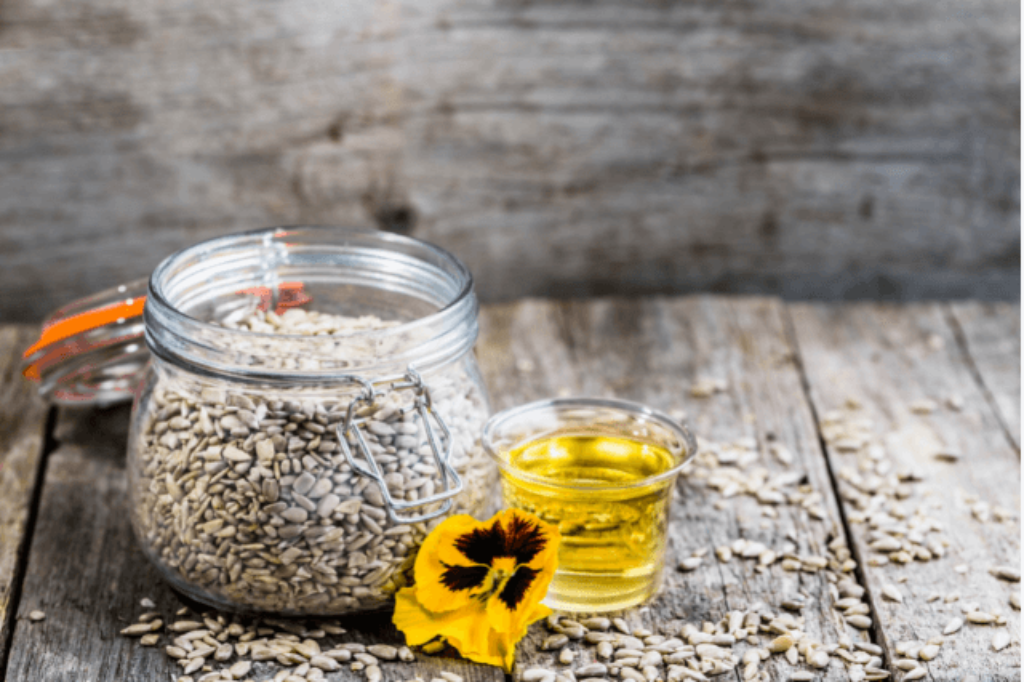
Sunflowers were also extremely popular and covered the huge fields in the former Soviet Union. In fact, the flower’s popularity increased to the point where it was named the national state flower of Ukraine.
Uses of Sunflowers
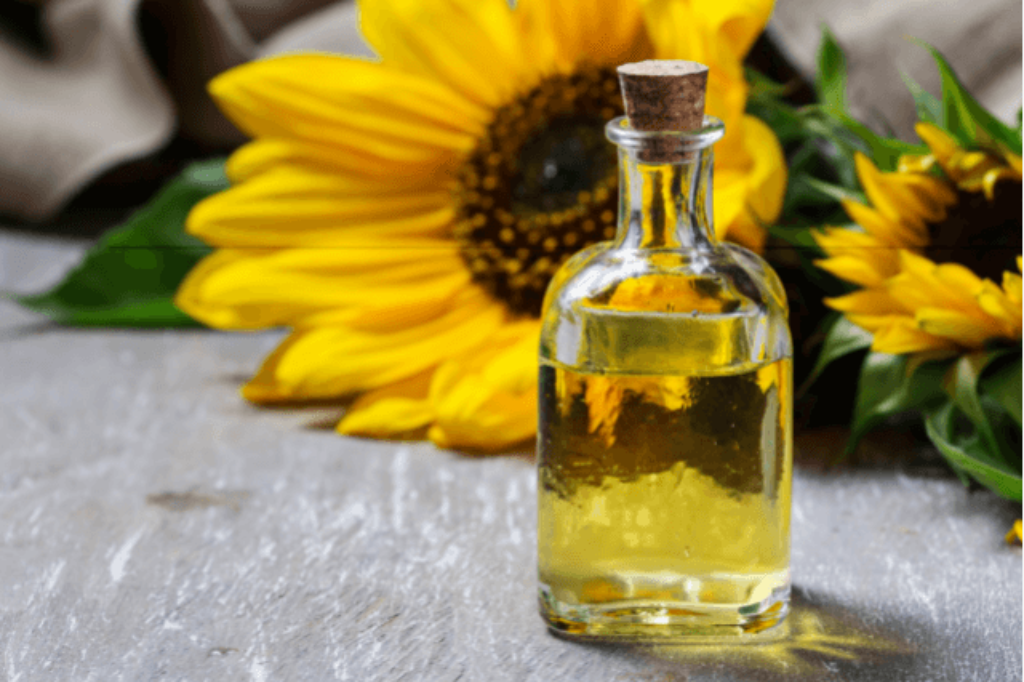
Aside from being beautiful ornamental plants, common sunflowers have economic value and almost every bit of the plant is used for a wide range of things. For starters, sunflowers are a great source of food and oil. Sunflower seeds are rich in protein as well as oil content and are mainly used to make sunflower oil for cooking. The beautiful yellow petals make a colorful garnish and they’re also a delicious ingredient in soups and salads. Sunflower petals can also be used in winemaking.
Sunflower seeds can be eaten raw, dried or roasted as a snack. These seeds are very rich in healthy fats, minerals and vitamins and are used for making multigrain bread. They’re also added to breakfast cereals like oats, granola and muesli.
Sunflower seeds have various health benefits for which they’re highly valued. These include the following:
- Boost immunity levels
- Reduce cholesterol
- Lower blood sugar levels
- They’re high in antioxidants
- Reduce risk of cancer
- Managing diabetes
- Boosts functions of brain
- Improve skin health
- Aid in weight loss
Factors to Consider
When growing sunflowers in your garden, there are some important factors to consider including the following:
1. Sunlight
Sunflowers (as their name suggests) need a lot of sun for optimal growth so make sure to plant them in an area that gets more than 6 hours of full sun daily. Sunflowers that get enough sunlight produce beautiful, large blooms. Because these flowers are sun seekers it’s quite difficult to grow healthy plants indoors.
2. Soil
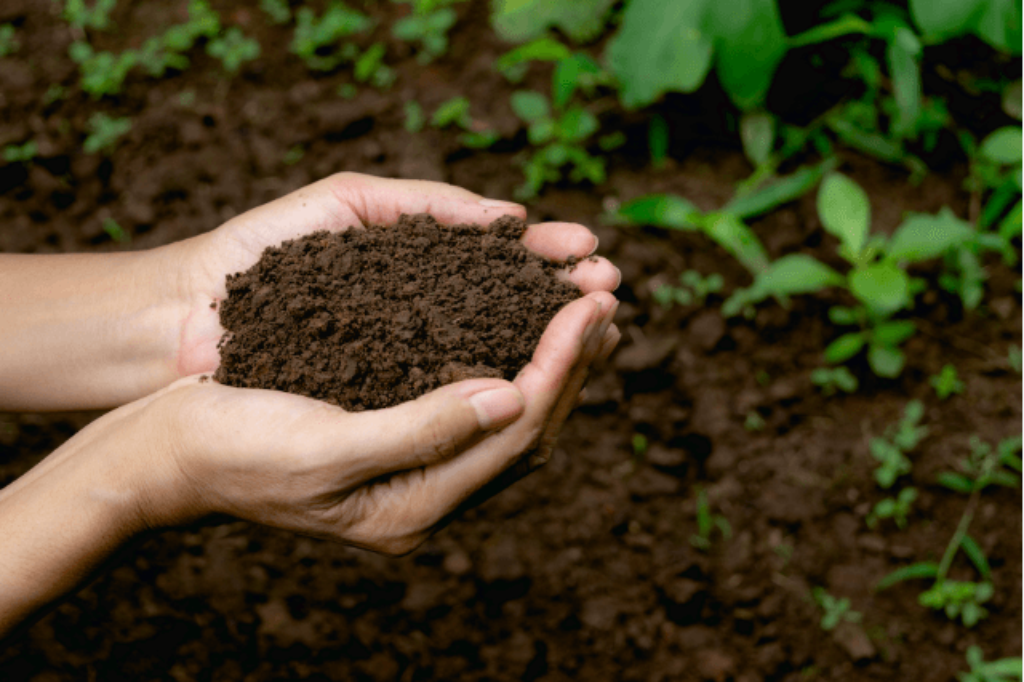
Sunflowers have long roots which go several feet deep into the ground. They prefer loose, well-drained soil with a pH level of 6.0 to 7.5. Always make sure to keep soil constantly moist so that your flowers will grow healthy. The seedlings will begin to show in about 7 to 10 days.
3. Temperature and Humidity
Sunflowers can grow in both chilly and sunny environments. The ideal temperature for these plants is between 20 and 25 degrees Celsius. They can tolerate higher levels of heat as well, but you’d have to water them regularly to prevent wilting. When planting sunflowers, the preferred soil temperature is 10 to 12 degrees Celsius.
Even though sunflower plants are tolerant to high humidity they must have well drained soil and good air circulation to prevent from root rot and other diseases.
4. Fertilizing and Watering
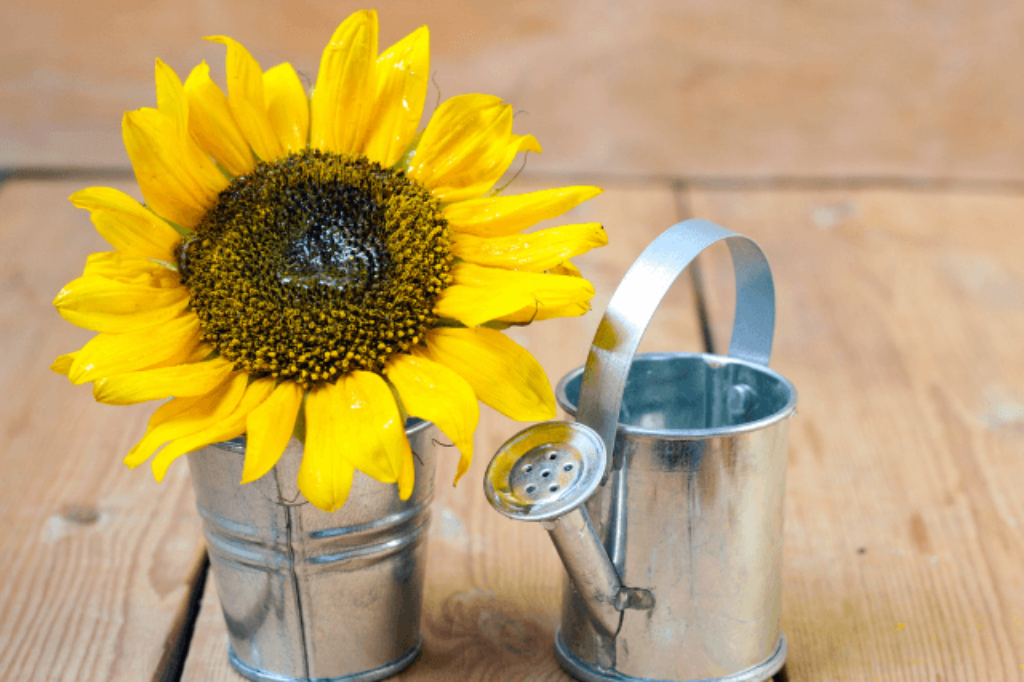
Sunflowers require regular watering and they need extra water 20 days before and 20 days after the flowers bloom. Giving the plants enough water during this time will improve the yield.
While sunflowers don’t need to be fertilized regularly, feeding them a dose of low nitrogen fertilizer every now and then will help them grow faster and healthier. Apply the fertilizer 6 inches away from the stem after the plants have started to grow. This will help the plants to grow taller and give you beautiful, healthy blooms.
5. Pests and Common Problems
Although many pests love sunflower plants, the damage they can cause is usually minimal and reversible. Sunflowers are prone to getting diseases due to fungi, bacteria and various other pests. Some common pests that attack sunflowers include moths, cutworms, weevils, caterpillars, grasshoppers, wireworms and the sunflower maggot.
Baby sunflower plants can get easily attacked by slugs and snails in the evenings. If you notice this happening to your plants, the best thing to do is to remove these pests by hand rather than spraying the plants with pesticide.
A basic dish soap and water spray is helpful to kill sunflower moths and to get rid of the fungus problem. Simply mix 1 ½ teaspoon of dish soap with 1 ¼ of water and pour this mixture in to a spray bottle. Spray directly on to sunflowers regularly to keep the pests away.
How to Grow Sunflowers
As mentioned above, growing sunflowers is easy and requires very little effort. If you’ve decided to grow sunflower plants in your garden, follow these simple steps to get started.
1. Choose the type of sunflower plants you’d like to grow. You can choose between hybrid seeds and the common sunflower seeds. If you’re planting from cuttings, choose healthy plants, avoiding wilted ones.
2. Decide on whether to plant sunflower seeds or cuttings. Only perennial sunflowers (single stem plants that produce one large head) can be planted from cuttings and they don’t require a rooting hormone for successful rooting.
3. Find an area in your garden that gets at least 6 to 8 hours of direct sunlight every day.
4. Place the sunflower seeds in the soil (make a shallow trench to place them in) at least 6 inches away from each other. Then cover them with soil and sprinkle some water on the soil regularly, to keep it moist. Remember: the soil should be moist not wet. The new plants will begin to pop up with in 1 or 2 weeks.
5.Sunflower seedlings should be watered around the root zone daily to keep the soil moist but not soaked. Once your plant has reached 30 cm (12 inch) in height you can plant them in containers or leave them to grow in the garden. Depending on the variety, your sunflowers will start blooming anywhere between 80 -120 days.
Growing Sunflowers in Containers
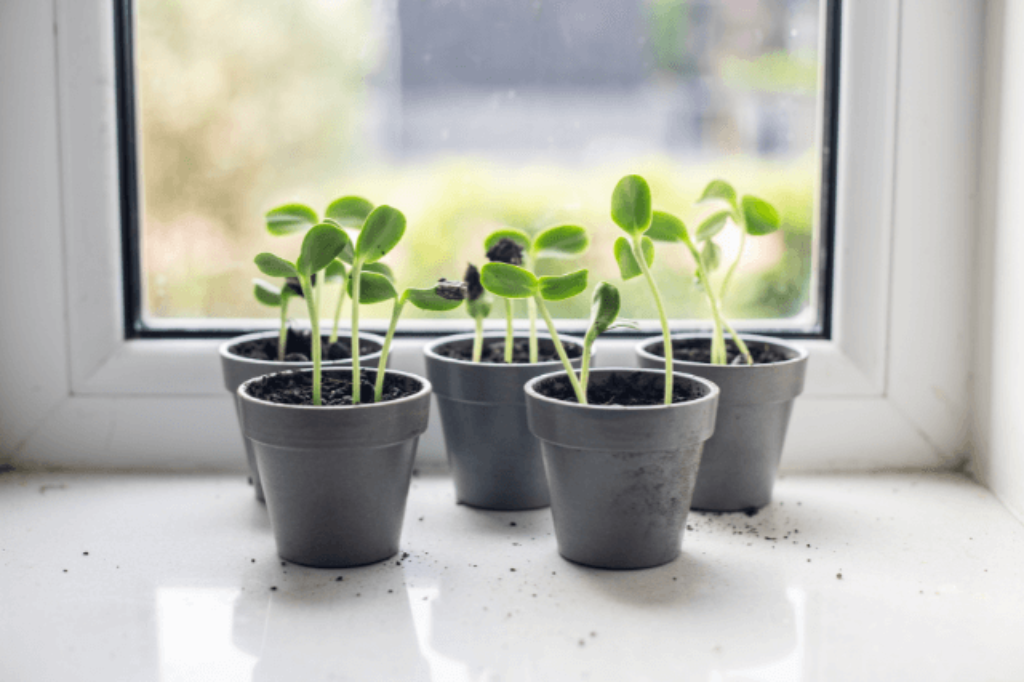
There are many types of sunflowers that can be grown both in soil and containers. Container-grown sunflowers are a great way to bring color from your garden to your balcony, porch or into your home.
Some of the most popular types of sunflowers grown in containers are the dwarf and mammoth varieties. They grow only up to 4 feet and are very easy to take care of. Remember to choose a larger pot for your sunflowers since they’ll need space for the roots to spread out as they grow.
Water requirements are often higher for potted sunflowers since they have a limited amount of soil. If you maintain a potted plant make sure to check the moisture of the soil every other day and add water until it runs out of the drainage holes in the pot. To check for moisture, stick your finger about 1 or 2 inches into the soil. If it feels damp, the plant has enough moisture.
Harvesting Sunflowers
Once sunflowers begin to bloom, they will last for about 1 -2 weeks. Monitor the sunflower heads daily when they start to wilt. Sunflowers are ready to harvest when the back of the flower head turns from green to yellow and when you begin to see brown spots. The sunflower petals will dry out as they mature which means they’re ready to harvest. The seeds will also start to loosen. When this happens, you can clip the sunflower head off with a scissor or prune about 1 foot down from the head. Place the head on a container or tray, take off its seeds and store them in an air tight container or zip lock bags.
The Take Away
As you can see, growing sunflowers is quite simple and it’s also very satisfying. You’ll be able to make your own sunflower oil and use various parts of the plant in cooking. As one of the easiest plants to grow, sunflowers certainly come with a lot of benefits so growing them in your garden will definitely be worth it.




